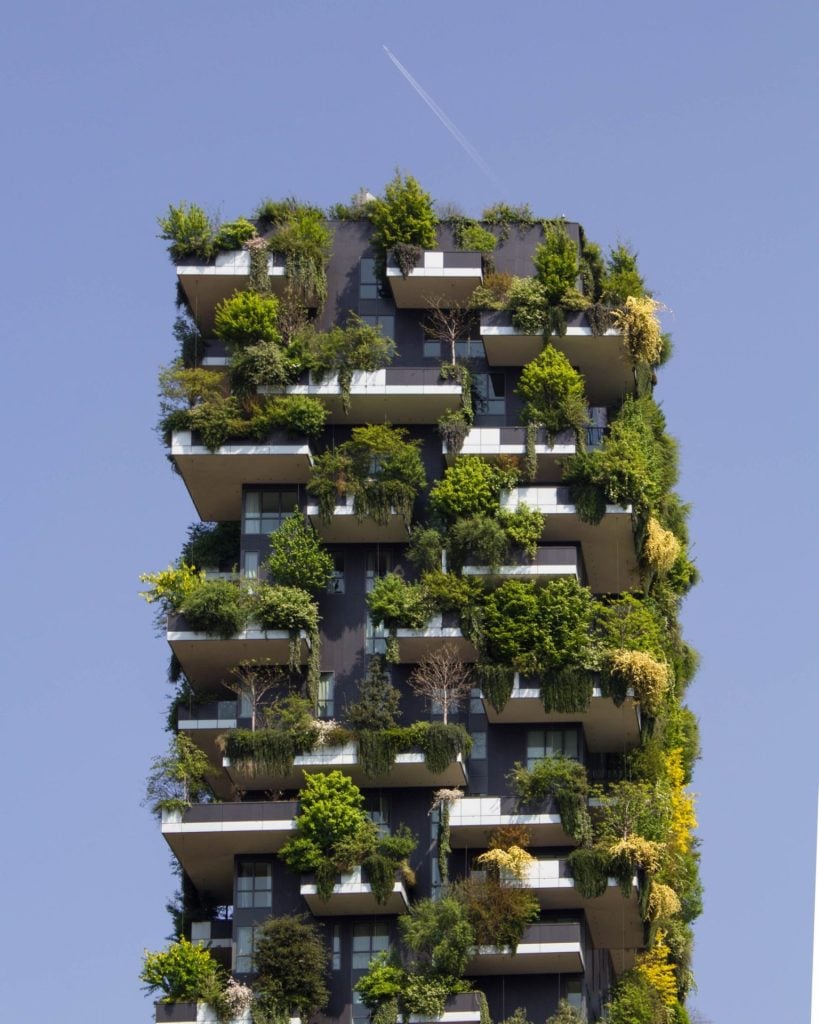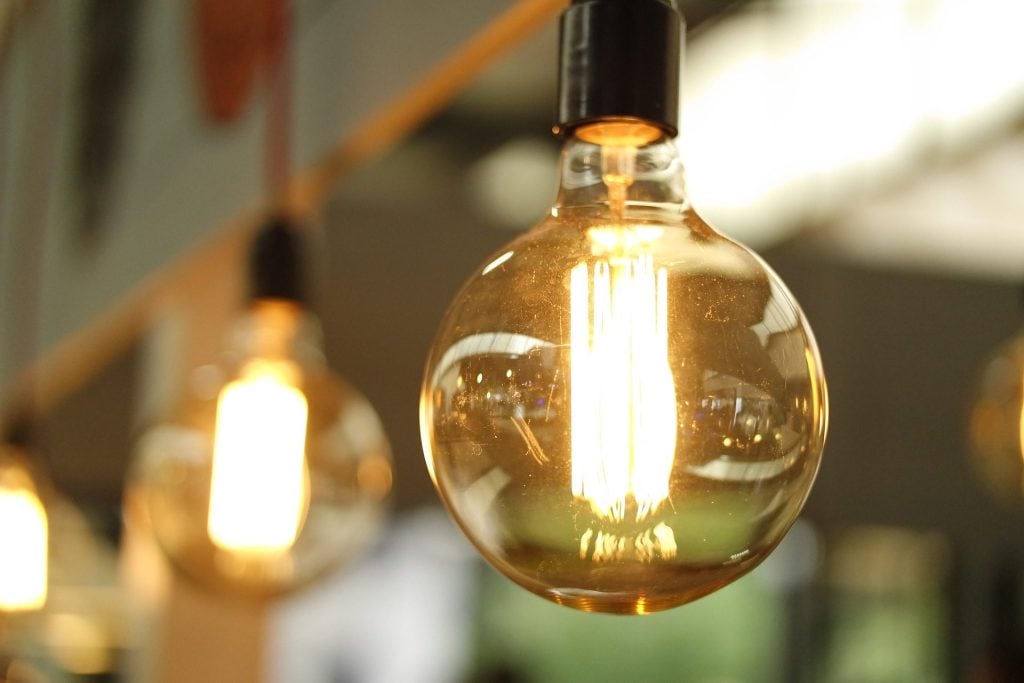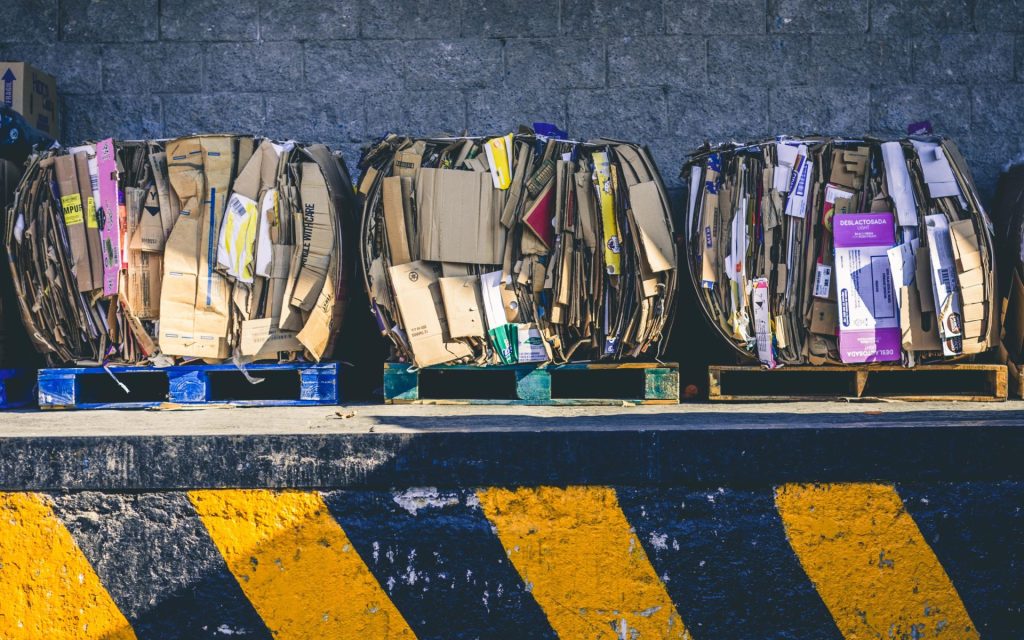BLOGS
DPWH’s Green Building Code: What You Need To Know
Part of your new year’s resolution is to be more caring for the environment. Going green may take in simple acts of throwing trash properly and biking or walking instead of driving a car. But as days pass by, global warming is taking a toll on everyone. That’s why the government has taken steps to ensure that we emit fewer greenhouse gases from our properties and homes through the Philippine Green Building Code.
What is the Philippine Green Building Code?
The Philippine Green Building Code or GB Code is a Referral Code of the National Building Code (Presidential Decree No. 1096) launched on June 25, 2016, by the Department of Public Works and Highways, with the assistance of the World Bank-IFC and the support of the Philippine Green Building Initiative (PGBI).
This code mentions in its policy that the State shall protect and advance the right of the people to a balanced and healthful ecology. The State shall also safeguard the environment, property, and public health for the interest of the common good and general welfare. For this purpose, it shall prescribe an acceptable set of standards and requirements for buildings to regulate their location, site, planning, design, quality of material, construction, use, occupancy, operation, and maintenance.

What are the Principles of the Philippine Green Building Code?
The GB code follows these principles:
- The technical professionals, developers, contractors, property managers, and building owners involved in the planning, design, construction, and management of buildings have the opportunity and responsibility to help government address the adverse effects of climate change by ensuring that buildings are planned, designed, constructed, operated and maintained to the required efficiency level.
- Resources must be used efficiently to equitably meet the developmental and environmental needs of the present and future generations.
- Occupants of green buildings will benefit from improved indoor environmental quality, which promotes higher productivity and better comfort.
What is Green Building?
Section 6 provides that green building is the practice of adopting measures to improve the efficiency of buildings and site sustainability while minimizing the negative impact of building on our health and environment.
What is the Approach of the Code?
The GB Code adopts a staggered or incremental approach that is subject to a periodic review by the Secretary of DPWH, through the National Building Code Development Office (NBCDO), to modify or include new aspects and emerging efficient technologies and expand the coverage to other building use/occupancy or replace outmoded measures.
Building Use or Occupancy Coverage and Application
The provisions of the Green Building Code apply to all new construction and/or alteration of buildings in the following classification with the required minimum Total Gross Floor Areas (TGFA) indicated below:
Residential Dwelling: Condominium – 20,000 sqm
Hotel / Resort 10,000 sqm
Educational: School 10,000 sqm
Institutional: Hospital 10,000 sqm
Business: Office 10,000 sqm
Mercantile: Mall 15,000 sqm
Mixed Occupancy 2 10,000 sqm
The Green Building Code does not apply to existing buildings of the above use/occupancy classification constructed before the effectivity of the GB Code.
If alterations, additions, conversations, and renovations of existing buildings were constructed after the effectivity of the Green Building Code and they reached the TGFA as indicated above are to be made, the whole building shall be subject to the applicable provisions of the Code.
A building of mixed occupancy with a combination of classifications as indicated in the TGFA above shall use appropriate measures applicable to each classification.
What are the Green Building Requirements?
The Philippine Green Building Code shall be subject to the following performance standards:
- Energy Efficiency
- Water Efficiency
- Material Sustainability
- Solid Waste Management
- Site Sustainability
- Indoor Environmental Quality
Energy Efficiency

Energy efficiency requires the adoption of efficient practices, designs, methods, and technologies that reduce energy consumption resulting in cost savings.
This includes the building envelope, which has the following requirements:
- Air Tightness and Moisture Protection. Buildings must be planned and designed with specific details to ensure that air tightness is maximized.
- Glass Properties. It is ideal to reduce the amount of glazing with respect to the wall in order to reduce internal heat gains.
Another requirement for energy efficiency is natural ventilation. Natural ventilation is used so that there will be free cooling and fresh air in regularly-occupied spaces.
Next is the building envelope color. Having a light-colored building envelope, especially the roof area reduces the heat transfer from the outside to the inside of the building.
Roof insulation reduces heat gain in a building and can improve thermal comfort, and acoustic quality, and reduces the load on the air conditioning system and other mechanical systems.
Water heating systems in buildings will help reduce energy consumption due to the heating of water.
Electrical systems include:
- Daylight provision, which should be used in buildings to maximize the use of natural light;
- Daylight-controlled lighting system to control dimming or switching off lamps when there’s adequate daylight;
- Lighting power density (LPD) to reduce lighting and cooling load in buildings;
- Transformers for buildings; and
- Overhead or Elevated Water Storage to reduce dependency on motorized systems to supply and distribute potable or non-potable water.
Water Efficiency
According to Section 11 of the Philippine Green Building Code, water efficiency requires the adoption of efficient practices, plan, design, materials, fixtures, equipment, and methods that reduce water consumption resulting in cost savings.
Water efficiency includes the following:
- Water fixtures. These include faucets, showerheads, and water closets that use less water to perform the same function of cleaning as effectively as standard models.
- Water management. These include rainwater harvesting and water recycling. Rainwater and recycled water from sewage treatment plants are reused for non-potable purposes.
Material Sustainability
The Green Building Code provides that material sustainability governs all matters related to resource efficiency and material selection and use with the least impact on the environment.
Non-toxic building materials are used to prevent Sick Building Syndrome that would eventually lead to Building Related Illness.
Solid Waste Management

The Green Building Code requires efficient waste management for the adoption of efficient waste management practices and the use of eco-friendly materials.
A Material Recovery Facility (MRF) shall be provided for the collection and segregation of solid waste materials.
Site Sustainability
This measure requires planning, design, construction, and operation practices to minimize the adverse impact of buildings on ecosystems and water resources. This includes site/ground preparation and earthworks and open space utilization.
Indoor Environmental Quality
Indoor Environmental Quality requires adopting efficient design and operation practices in the building environment to improve occupant health, productivity, and safety.
This measure includes minimum fresh air rates. The introduction of this practice will maintain acceptable indoor air quality through the constant replacement of indoor air in buildings.
Another requirement for this measure is the designated smoking area. In relation to the Tobacco Regulations Act, buildings have to restrict tobacco smoking areas inside buildings.
Office of the National Building Official
Section 16 of the Green Building Code states that the National Building Code Development Building (NBCDO) shall serve as the center for the development and promotion of green buildings in the Philippines. It shall also be the repository of resource materials relating to green buildings and it is responsible for developing modules and providing green building training.
The Secretary of the DPWH, as the concurrent National Building Official, shall review the GB Code not to exceed three (3) years from the date of effectivity and every three (3) years thereafter.
How can a building be given a Green Building Permit?
Section 19 of the GB Code states that the Office of the Building Official shall review the building permit application for Green Buildings as prepared by the design professionals in compliance with the requirements of the GB Code.
Go Green with Brittany Corporation
If you want to achieve your goal of leaving less carbon footprint and caring for the environment, let Brittany Corporation be with you. Our house and lot properties for sale are close to nature, such as those in Crosswinds Condominium and Alpine Villas Tagaytay. Aside from that, you can experience world-class living as our luxury homes are good value for your money!
To know more about Brittany Corporation and our Brittany homes, visit our LinkedIn and Youtube accounts.
Suggested Read: Sustainability in the Real Estate Industry
Suggested Read: How Sustainability Concerns Influence Property Buyers
Suggested Read: Why Sustainability is Important in Real Estate















